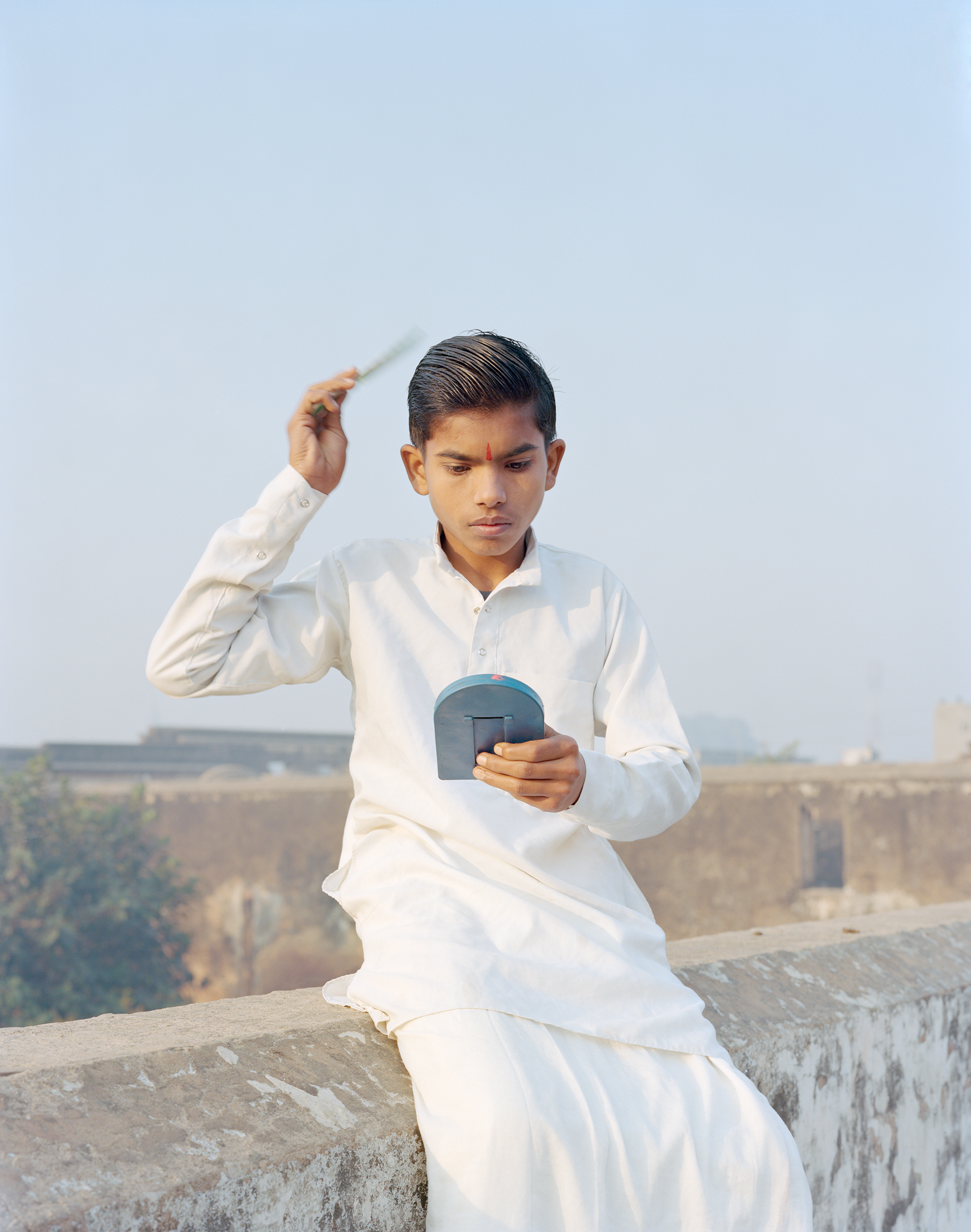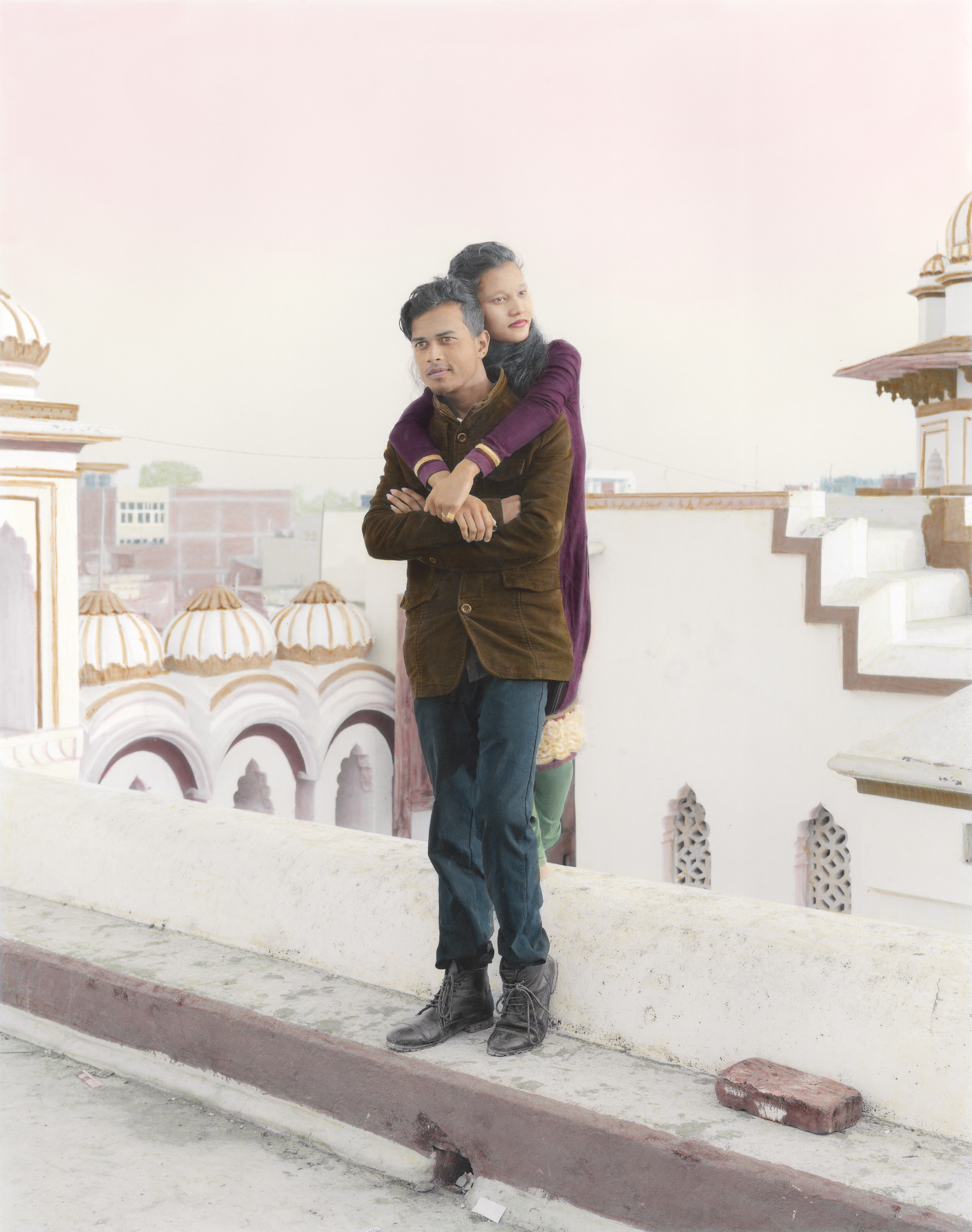Diwali, also known as the Festival of Lights, is a culmination of a five day celebration that represents the triumph of good over evil and marks the beginning of a new year in the Hindu calendar. Gifts of delicious sweet meats, serenades of devotional songs, fantastic firework displays and dazzling diyas (lighted lamps) are in abundance and all play a role in making Diwali such a unique celebration.
In many households the celebration of Diwali is not complete without a retelling of the Ramayana. This epic nine part tale, which was first recorded in the 4th Century AD sweeps across decades of Indian history to tell the story of the young Prince Rama’s (Lord Vishnu in his human form) banishment from the magnificent kingdom of Ayodhya.
In the thirteenth year of his banishment Rama’s wife, Princess Sita is kidnapped by the evil demon king Ravana. A devastating war ensues where Rama and his allies stop at nothing to rescue his bride and end Ravana’s tyrannic rule over the human race.

The war is won on eve of Rama’s fourteenth (and final) year of banishment and on the night of Diwali Rama returns to the kingdom of Ayodhya with his wife Sita. It is said that the citizens of Ayodhya, who had not celebrated Diwali for many years welcomed their prince and princess home with thousands of shimmering oil lamps on a moonless night.
This ageless tale is retold by award winning photographer Vasantha Yogananthan in his series ‘A Myth of Two Souls’. Using a mixture of exquisite hand painted photographs and archival ink jet prints Yogananthan gives the Ramayana a fresh update showing how its symbolism is present everywhere in modern India.
The first two parts of the ‘A Myth of Two Souls’ series ‘Early Times’ and ‘The Promise’ are on display for the first time in the UK as part of the Science Museum’s striking free exhibition Illuminating India: Photography 1857 – 2017.
